Samsung Galaxy S8 display: What's the deal with the new aspect ratio?
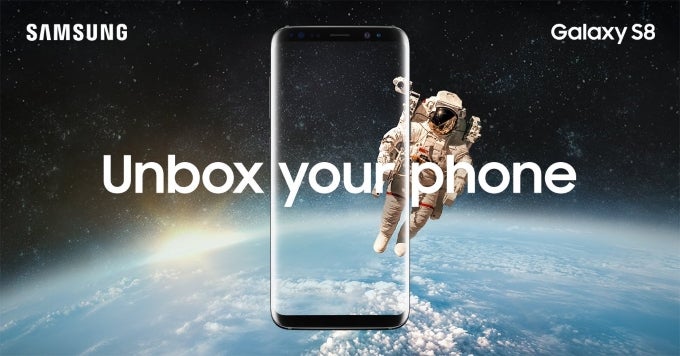
But if our favorite screen size measurement is on the way out, how can we judge the display size of future handsets? Well, thankfully smartphones are still sort of rectangular. And rectangles have an easy-to-calculate surface area. And if you do that for the Galaxy S8, you will see that not only is the screen not as big as advertised, but its weird aspect ratio is actually just a clever marketing trick.
5.7 inches are not what they used to be
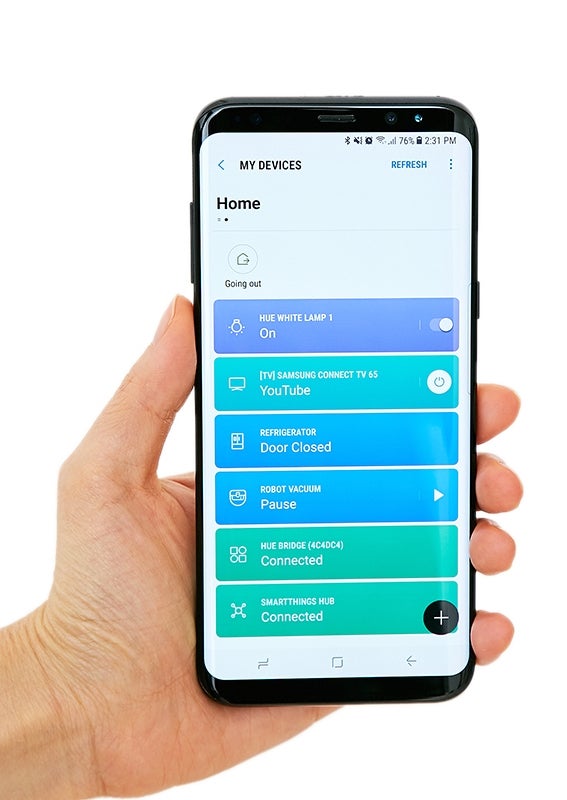
The 6.2-inch Galaxy S8+
Now, we'll take that surface area and convert it to a 9:16 display, and see what sides we get for it. After some more calculations, I concluded that the long side would be 4.9”, and the short one – 2.7”.
Having the two sides of the 9:16 rectangle, I went back to our good old friend Pythagoras. I applied what I had learned so far, in order to find the diagonal of said rectangle. I will spare you the boring numbers and formulas, since the conclusion is what we're here for.
I did actually use highschool maths in real life.
It turns out that if the Galaxy S8 display used the conventional aspect ratio, its diagonal would be nearly as conventional – 5.57 inches. Almost the same as that of the Galaxy S7 edge. The difference between the two would be that the Galaxy S8 would have a somewhat smaller footprint, thanks to its smaller top and bottom bezels.What about the Galaxy S8+, though? Using the same method described above, I found out that the 9:16 equivalent of the bigger Galaxy would sport a diagonal of approximately 5.95 inches. That's 0.28” more than the Galaxy Note 5 and Note 7. Therefore, the Samsung Galaxy S8+ is not a phablet screen in a smartphone body, it's simply a tall phablet, that's just as wide as the Note 7.
16:9 video on a 18.5:9 screen – how much display area will you sacrifice?
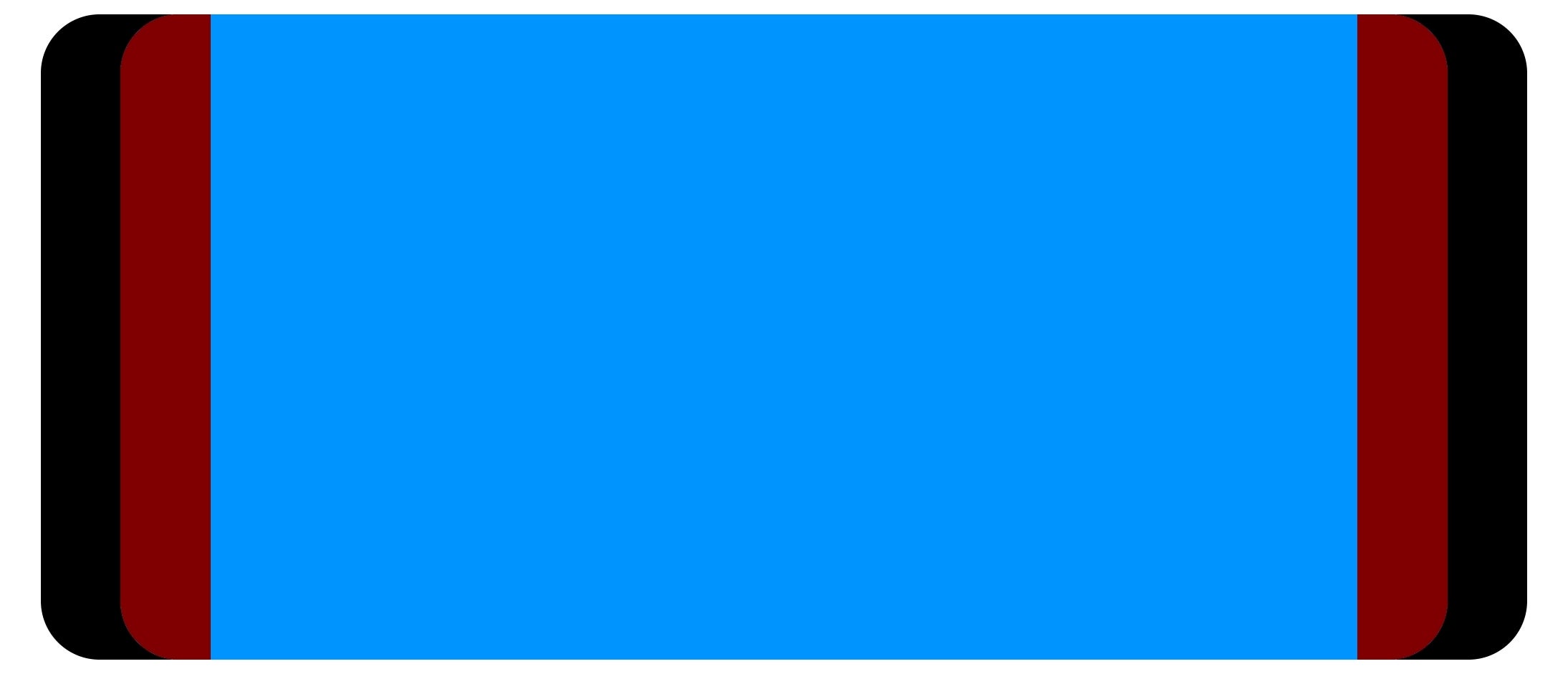
The area, marked in red, would be filled with black pixels on either side of the 16 by 9 content, marked with blue.
Most of the video content you will watch on your fancy tall Samsung will be 16:9, at least for the time being. Therefore, if you decide to set the content to fill the entire screen, a portion of it will be cropped from the top and bottom, and you will not be seeing it the way it was intended to be seen.
In order to answer this, we will turn to Pythagoras again. And once we do, we find that the diagonal of a 16:9 video on your Galaxy S8 would be merely 5.18”, and on the S8+ - 5.54”. In terms of surface area, about 13.5% of your screen will be employed by nothing but black pixels on the left and right of the video.
Needless to say, if Samsung had stuck with the normal 9:16 aspect ratio, you'd be able to employ the full display area at all times, instead of just 86.5% of it.
How would the Galaxy S8 look with a conventional aspect ratio?
A mighty fine question. But since we're not very good with producing imaginary phones out of thin air, we'll take a page of Samsung's PR book, and work with silhouettes. By carefully creating something that resembles the “Unbox your phone” campaign by Samsung, we modified it to have two versions – one with the S8 aspect ratio, and the other – with the regular 9:16.
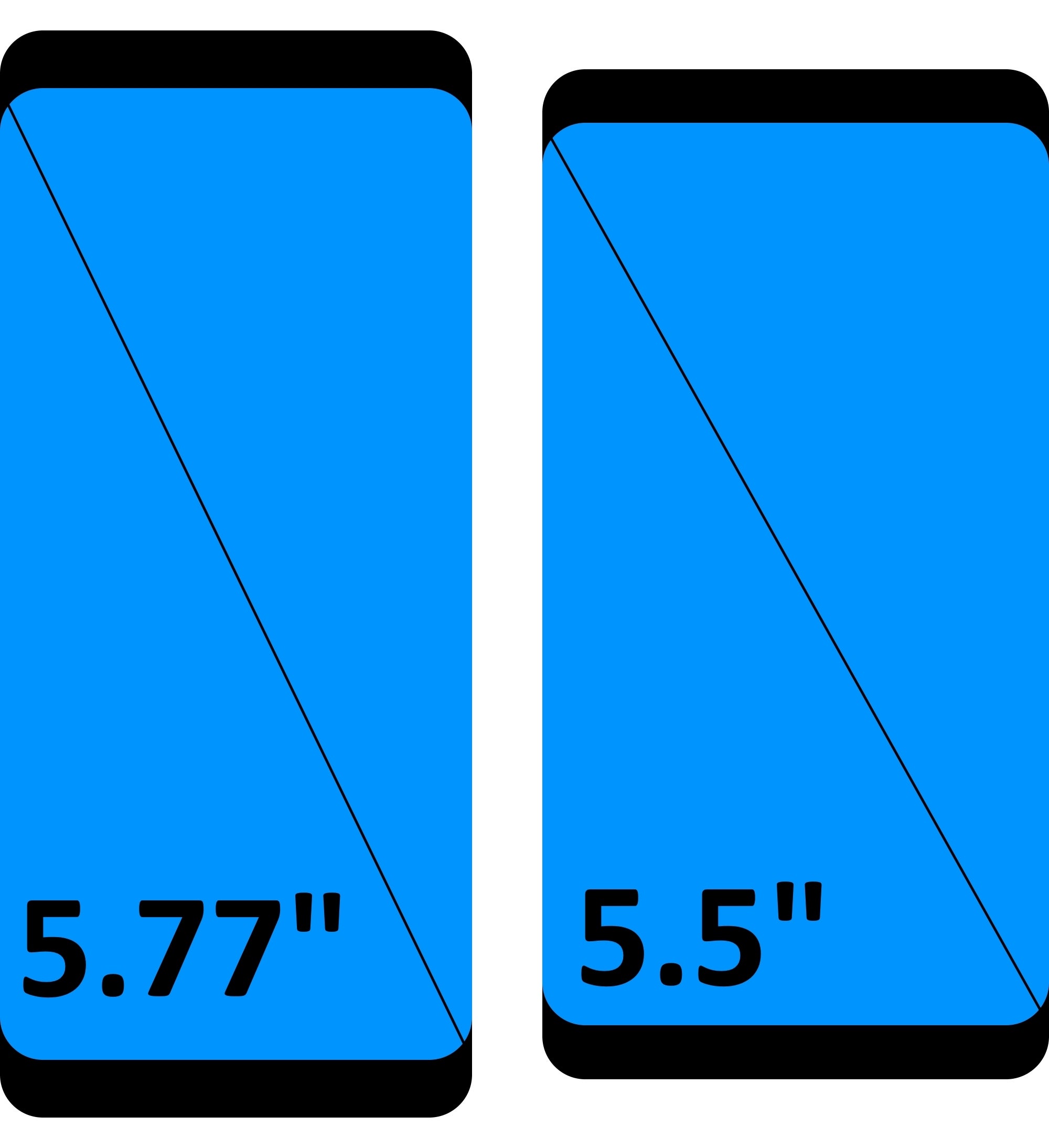
What's the conclusion? A 9:16 Galaxy S8 or Galaxy S8+ would be somewhat wider, but it would also be much shorter. This would allow for easier access to the top portions of the interface, without making the width too big to handle.
Pros and cons of the 9:18.5
People already have a hard time reaching the top of their phones in order to pull down the notification shade. They do not have problems reaching the bottom of their devices, opposite their thumbs, though. So, why make a taller display, that's even further away from the base of your users' thumbs?
Quite honestly, such a decision raises some questions. Same goes for LG's 9:18 screen. Some might argue that there are some shows and movies shot in this aspect ratio, and they would be right. But the majority of them are still filmed in 16:9. So, what users would do with such unorthodox screens would be to hinder the majority of the video they will consume, along with a big portion of the user experience, in order for 1% of their movies to look better.
Admittedly, there are benefits to these new aspect ratios. When it comes to reading books, working with documents or exploring the web, an extra-tall screen could come in handy, provided it is also just as wide as its predecessor. Considering this is not the case with the new Galaxy phones though, we can't help but to wonder, whether the transition to the new aspect ratio was really the best move.
Follow us on Google News


![Some T-Mobile users might be paying more starting in March [UPDATED]](https://m-cdn.phonearena.com/images/article/176781-wide-two_350/Some-T-Mobile-users-might-be-paying-more-starting-in-March-UPDATED.webp)




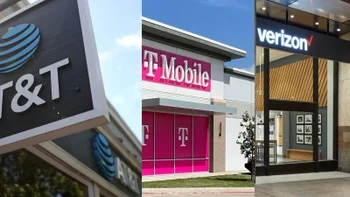






Things that are NOT allowed:
To help keep our community safe and free from spam, we apply temporary limits to newly created accounts: